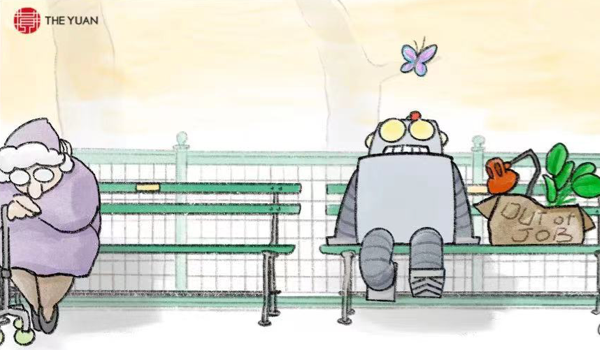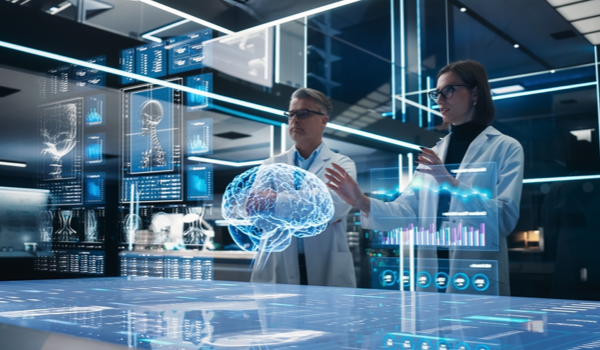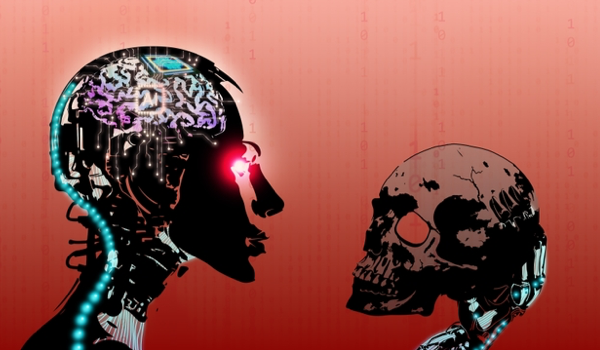


SEOUL - Recent advances in artificial intelligence (AI) technology have raised the specter of mass displacement in labor markets. Blue-collar factory and construction jobs are no longer the only ones at risk of being taken over by machines: A wide range of professional and service jobs have become newly vulnerable as well.
In the United States, up to 47 percent of all jobs could be automated away in the coming years. So, is the world headed toward economic devastation, or will this era of job destruction also bring comparable levels of job creation?
Innovation’s impact on employment depends on the ratio between its displacement and compensation effects. The type of innovation is important too. The answer to the question of whether generative AI (GenAI) - including large language models like ChatGPT-4 - will be good for workers depends in large part on whether it leads to more innovation in products or processes.
Product innovation - the introduction of a new or updated good - tends to have a significant compensation effect as demand for the new product and the associated jobs grow. To be sure, product innovation can reduce employment via the so-called business-stealing effect (BSE), in which one firm’s innovation in a sector leads to job losses among its competitors. This effect is unlikely to persist, however, because sooner or later laggards embrace or imitate their competitors’ product innovations.
This diffusion of product innovations could restore - or even boost - overall employment in the sector. Once a large enough share of firms has adopted innovations, the upward trend in employment will flatten - but often at a higher level than where it began. The long-term net effect of product innovation on employment is thus likely to be positive.
Dwindling
The content herein is subject to copyright by Project Syndicate. All rights reserved. The content of the services is owned or licensed to The Yuan. The copying or storing of any content for anything other than personal use is expressly prohibited without prior written permission from The Yuan, or the copyright holder identified in the copyright notice contained in the content. Continue with Linkedin
Continue with Linkedin
 Continue with Google
Continue with Google









 923 views
923 views








